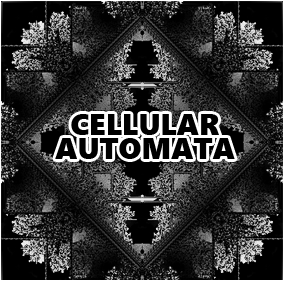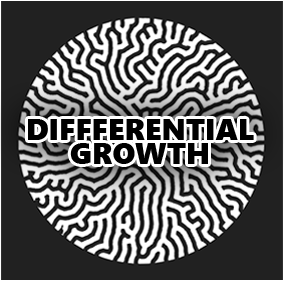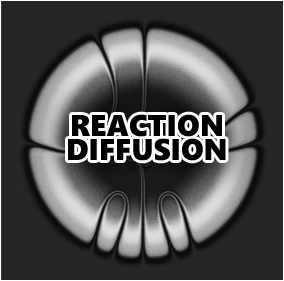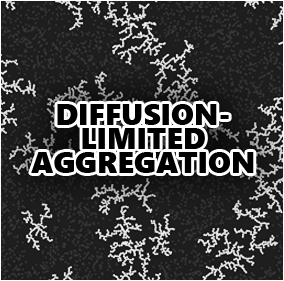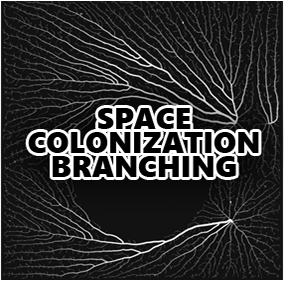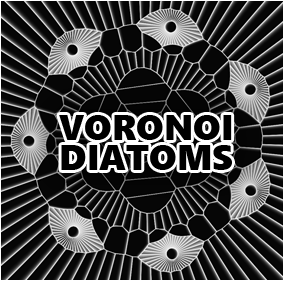Hi there 👋 I'm Jason.
I'm a freelance creative developer building immersive experiences for mission-driven institutions and brands. In my free time I explore digital morphogenesis with code and digital fabrication. My skillset and areas of interest include:
- ✨ Experiential media like interactive installations (sculptures, LED walls, projections, etc), museum + science center exhibits, or fine art pieces.
- 🎨 Creative coding with JavaScript, ThreeJS, shaders, and more.
- 🥽 AR / VR / XR with 8th Wall and the WebXR API.
- 💻 Front-end development with HTML, CSS, and either vanilla ES6+ JavaScript or React.
- ♿ Accessibility through close collaboration with disabled users and devs, clean + semantic HTML, manual testing with JAWS + NVDA + other AT, understanding and adhering to WCAG 2.0/2.1 level AA, and the occassional dash of ARIA.
- 🤖 Digital fabrication with 3D printing, CNC milling/routing, and laser cutting. I ❤️ Grbl!
- 🕹️ Physical computing using the Arduino platform and (simple) custom PCBs.
One of the best ways I know to learn something is by explaining it to others. Here are a few of the things I've written about:
- Modeling organic branching structures with the space colonization algorithm and JavaScript
- Simulating 2D diffusion-limited aggregation (DLA) with JavaScript
- Exploring 2D differential growth with JavaScript
For the past two years I have been researching and implementing (👇) simulation models for natural systems that can help explain how nature creates the amazing shapes, patterns, and forms that it does. I'm nearly finished building out most of the most well-known systems in 2D, and will be making the leap into 3D sometime this year (2021)!







